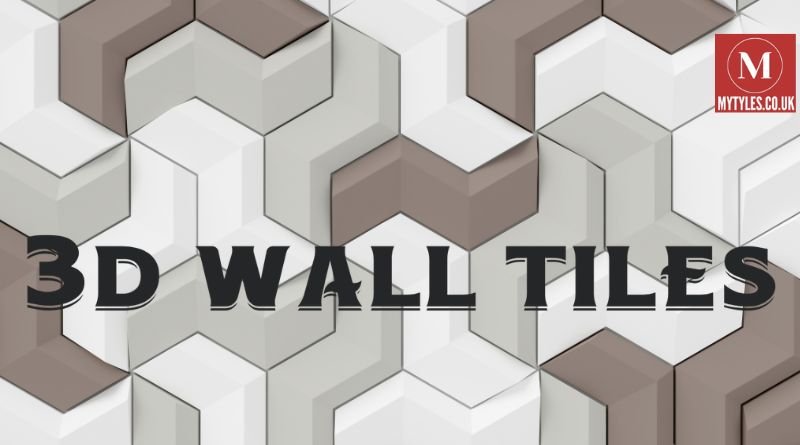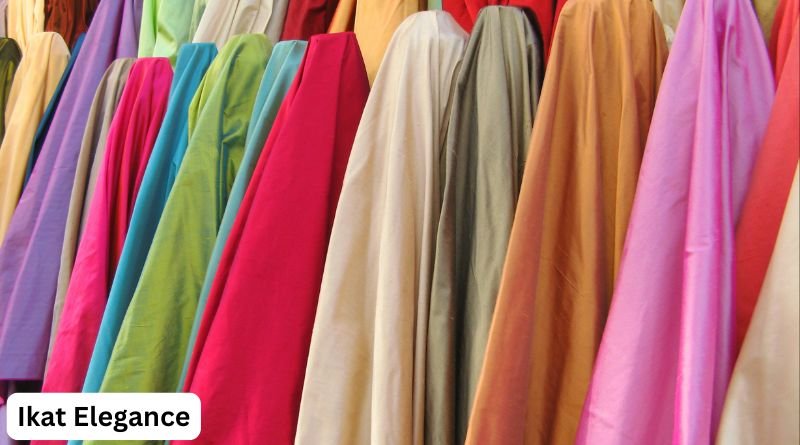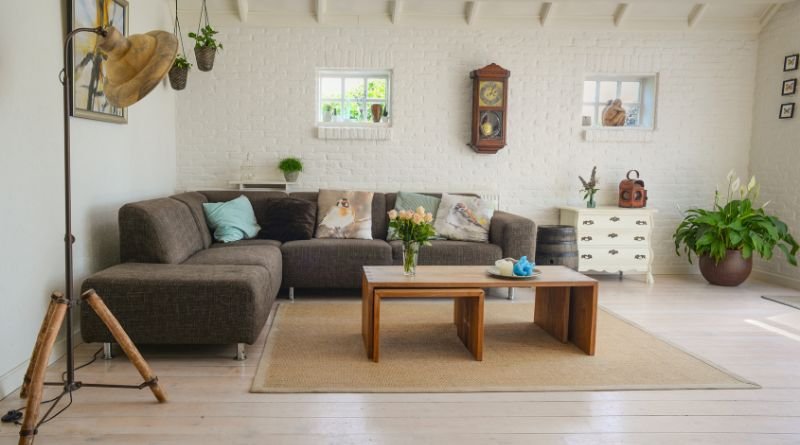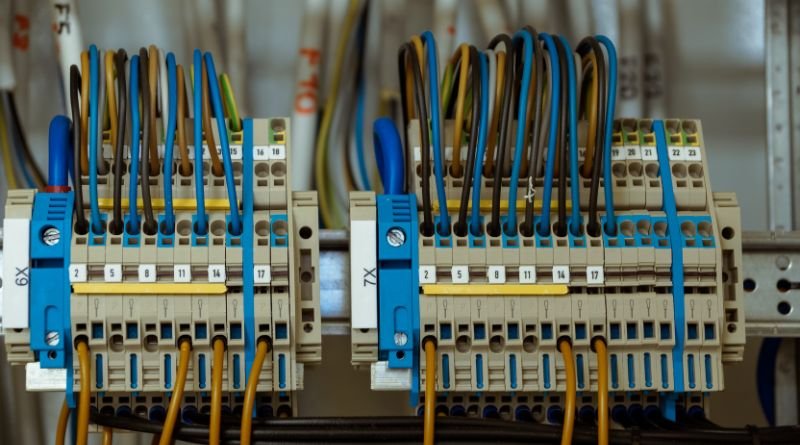3D wall tiles have become a transformative trend in interior design, giving homeowners and designers an easy way to add depth, texture, and character to their spaces. Unlike traditional flat tiles, 3D wall tiles introduce dimensional surfaces that play with light and shadow, creating visually engaging walls that often become the focal point of a room. Their versatility, combined with the ability to create dynamic spaces, has made 3D wall tiles a favorite choice for modern, contemporary, and even classic home styles.
What Are 3D Wall Tiles?
3D wall tiles are specially designed tiles that incorporate raised and recessed patterns to create three-dimensional effects. Unlike standard flat tiles, these tiles have textures and geometric shapes that add a sense of depth, making walls appear more dynamic and alive. Available in a variety of materials—including ceramic, porcelain, stone, glass, and metal—3D wall tiles offer diverse design options that cater to various tastes and functional requirements. They can transform an ordinary wall into a sculptural element, making them an ideal choice for accent walls and feature areas in both residential and commercial spaces.
Advantages of Using 3D Wall Tiles in Interior Design
1. Enhanced Aesthetic Appeal
One of the main reasons designers choose 3D wall tiles is their ability to create an eye-catching, textured backdrop. The raised surfaces interact with natural and artificial lighting, casting subtle shadows that bring the wall to life. This makes 3D wall tiles perfect for accent walls in living rooms, bedrooms, bathrooms, and even kitchens. Whether used sparingly or on entire walls, they create a focal point that draws attention without overwhelming the space.
2. Versatile Applications
3D wall tiles can be applied in various parts of a home or commercial property, from kitchen backsplashes and shower surrounds to office reception areas and lobbies. Some tiles are even suitable for outdoor applications, offering a stylish way to decorate patios, exterior walls, or even garden areas. The materials chosen—such as stone or high-grade porcelain—contribute to the durability needed for outdoor settings, while still maintaining the aesthetic appeal of 3D design.
3. Durability and Ease of Maintenance
When made from materials like ceramic, porcelain, and natural stone, 3D wall tiles are highly durable and can withstand daily wear. Porcelain and stone options are especially resistant to scratches, stains, and moisture, making them a long-lasting choice for high-traffic areas. Additionally, 3D wall tiles are generally low-maintenance, with most requiring only routine dusting or an occasional wipe-down to keep them looking pristine.
Types of 3D Wall Tiles for Modern Interiors
1. Textured Ceramic and Porcelain Tiles
Ceramic and porcelain 3D wall tiles are among the most popular choices due to their versatility and affordability. They come in a wide range of textures, including geometric shapes, wave-like patterns, and even stone-look designs. These tiles are often used in bathrooms, kitchens, and living rooms, providing an elegant yet durable finish.
2. Natural Stone and Faux Stone Tiles
Natural stone tiles, such as marble, slate, and granite, offer a unique, organic feel, bringing a touch of nature indoors. Faux stone tiles mimic the appearance of real stone but come at a more affordable price point. Both options are highly durable and ideal for rustic, industrial, or modern styles that emphasize natural materials.
3. Metallic and Glass 3D Tiles
Metallic tiles introduce a reflective quality that adds a sleek, modern edge to any space. They’re commonly used in kitchens and commercial settings, where their polished surfaces enhance the lighting and make the space feel more open. Glass 3D tiles, on the other hand, create a shimmering effect that brightens spaces and are often chosen for bathroom or kitchen walls where a hint of elegance is desired.
4. Wood and Faux Wood Tiles
Wood-look tiles combine the warmth of natural wood with the durability of ceramic or porcelain. These tiles work well in bedrooms, offices, and spaces where a cozy yet modern atmosphere is desired. Faux wood tiles replicate the look of wood grain and knots, providing the aesthetic of wood with the added advantage of water and scratch resistance.
Choosing the Right 3D Wall Tiles for Your Space
1. Color and Texture Considerations
Selecting the right color and texture is essential to creating a cohesive design. Darker shades and bold textures work well in spacious rooms where they can create a dramatic effect. In smaller spaces, lighter colors and subtle textures prevent the room from feeling cramped. Additionally, the direction of light can influence the appearance of 3D wall tiles, so it’s worth considering how sunlight or artificial light will interact with the chosen design.
2. Placement and Size Options
The placement of 3D wall tiles depends on the space and desired effect. For instance, larger tiles suit open, spacious rooms where they can create a seamless look, while smaller tiles are ideal for adding intricate details to specific areas like kitchen backsplashes. Consider the overall layout of the room and the focal points to determine the best size and placement for a balanced design.
3. Budget and Material Quality
3D wall tiles come in a range of price points based on material, size, and intricacy of design. While it may be tempting to choose budget options, investing in quality tiles ensures durability and longevity, especially in high-moisture areas like bathrooms. Comparing prices and quality across materials can help achieve the desired look without compromising on longevity.
Installation and Maintenance of 3D Wall Tiles
1. Installation Process
The installation of 3D wall tiles can be more intricate than traditional flat tiles due to their raised surfaces and patterns. For best results, professional installation is recommended, especially for designs with complex patterns that require precise alignment. Properly applied 3D tiles create seamless, visually stunning surfaces that enhance the space’s overall aesthetic.
2. Maintenance Tips for Longevity
Maintenance of 3D wall tiles varies depending on the material. Ceramic and porcelain tiles are low-maintenance, requiring only routine cleaning with a damp cloth or mild detergent. Stone tiles may need periodic sealing to prevent stains and water damage, while glass tiles benefit from gentle cleaning to avoid scratching. Regular dusting can also help keep textured surfaces free of dirt buildup, preserving their original look.
Trends in 3D Wall Tiles
1. Eco-Friendly Options
As eco-conscious design grows in popularity, more manufacturers are offering sustainable 3D wall tile options. These eco-friendly tiles are made from recycled or renewable materials, reducing environmental impact without compromising on style. Many options include ceramic tiles made from post-consumer recycled content or natural materials like reclaimed wood.
2. Bold Patterns and Colors
Bold, eye-catching patterns and colors are trending in 3D wall tiles, with designs ranging from intricate geometrics to vibrant shades. Metallic finishes and rich jewel tones add a sophisticated touch, while neutral shades provide a subtle backdrop that suits various decor styles. Homeowners can mix and match colors to create a unique look that reflects their personality and design preferences.
Conclusion: Making the Most of 3D Wall Tiles in Your Space
3D wall tiles offer a versatile, stylish solution for those looking to add texture, depth, and personality to their interiors. With a wide range of materials, textures, and colors available, these tiles cater to diverse design needs and preferences, from sleek and modern to natural and rustic. Whether used in small doses or across entire walls, 3D wall tiles elevate any space, transforming it into a visual masterpiece. By carefully selecting materials, placement, and design elements, homeowners can use 3D wall tiles to create spaces that are not only beautiful but also unique and enduring.




